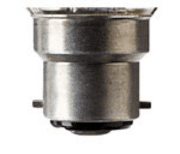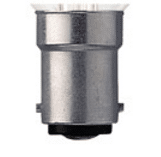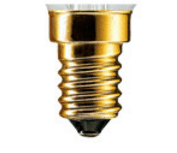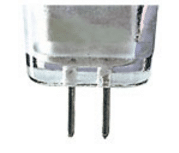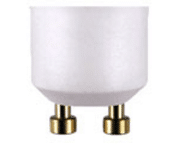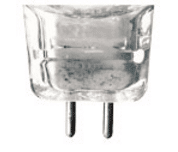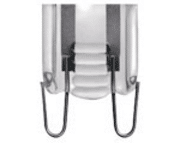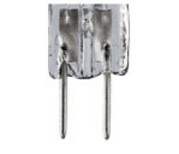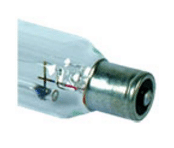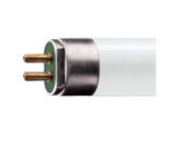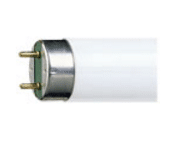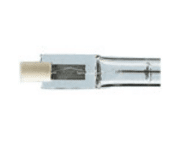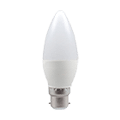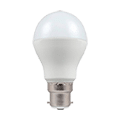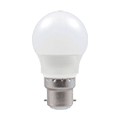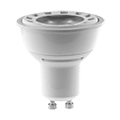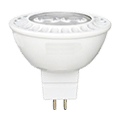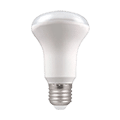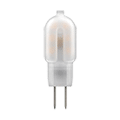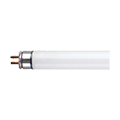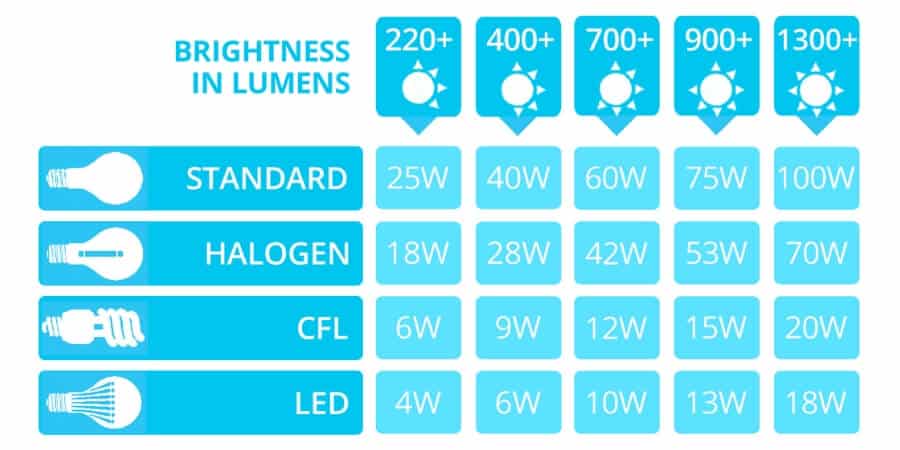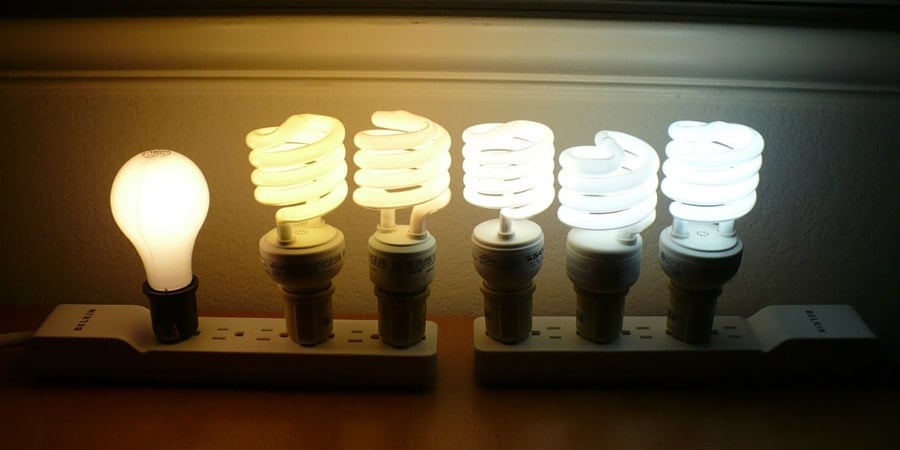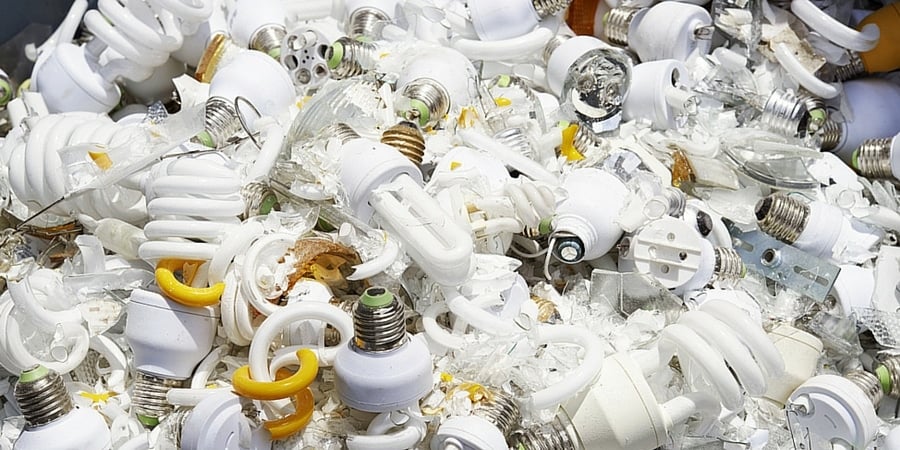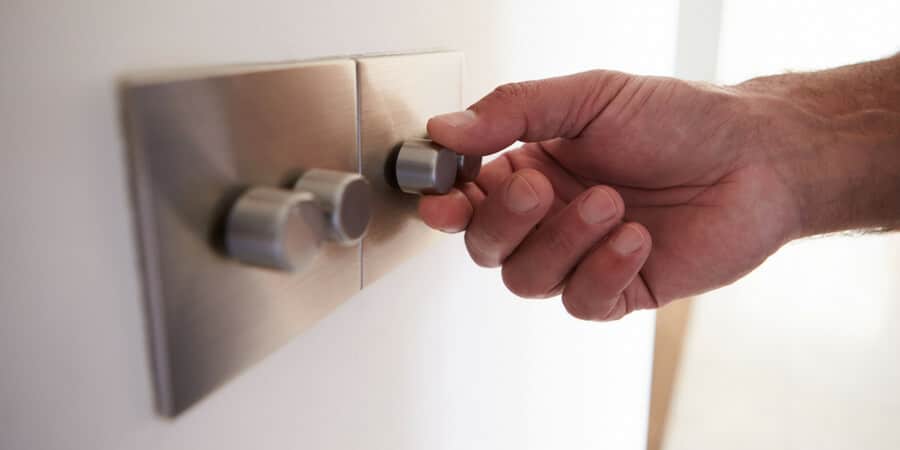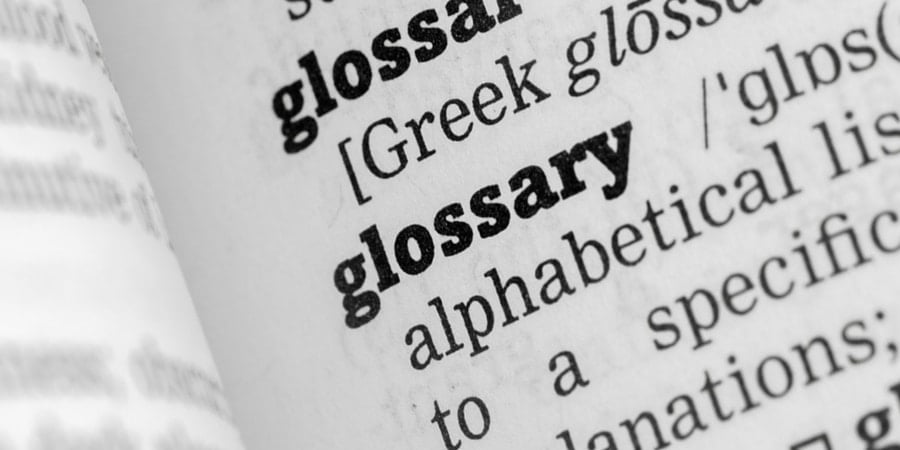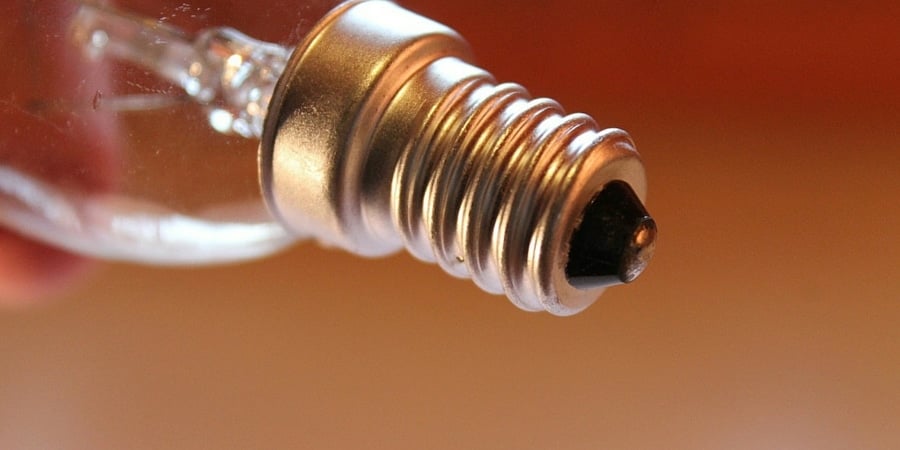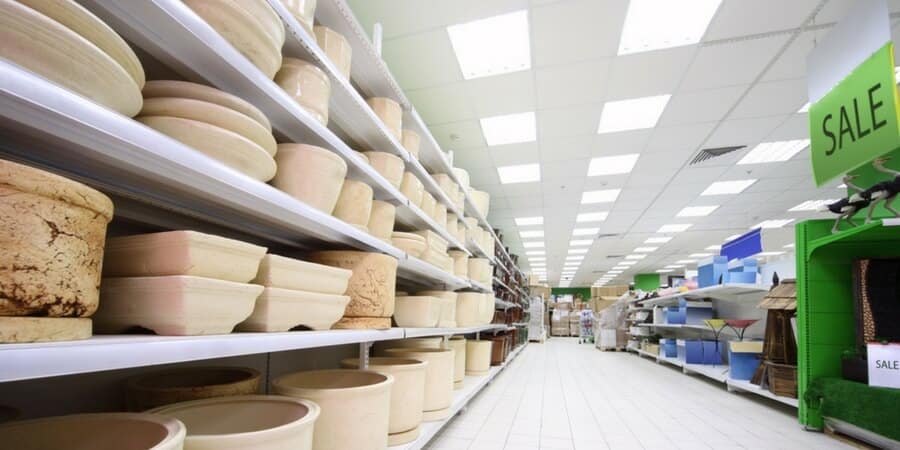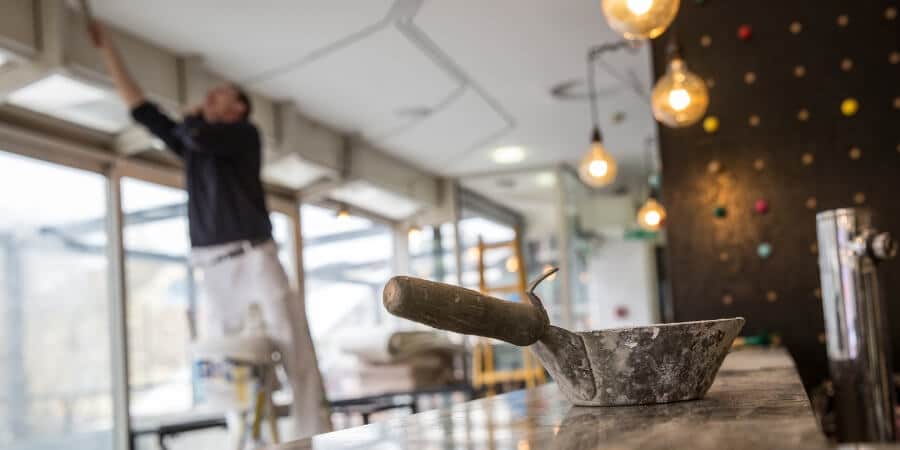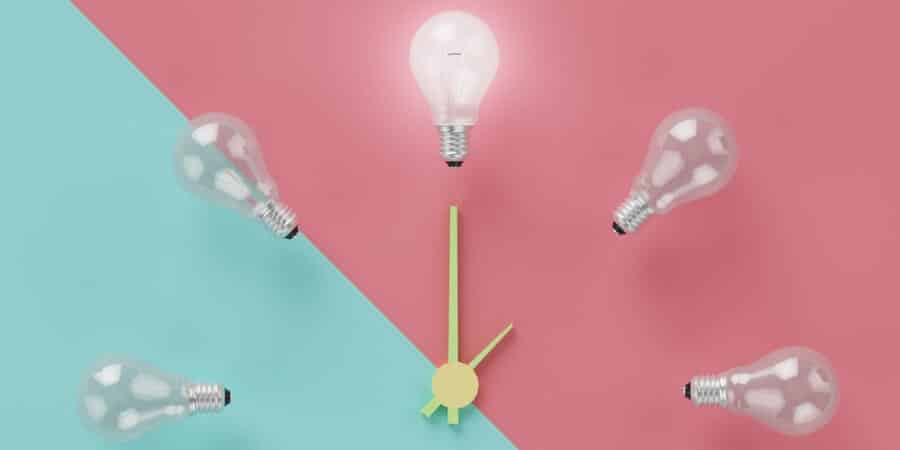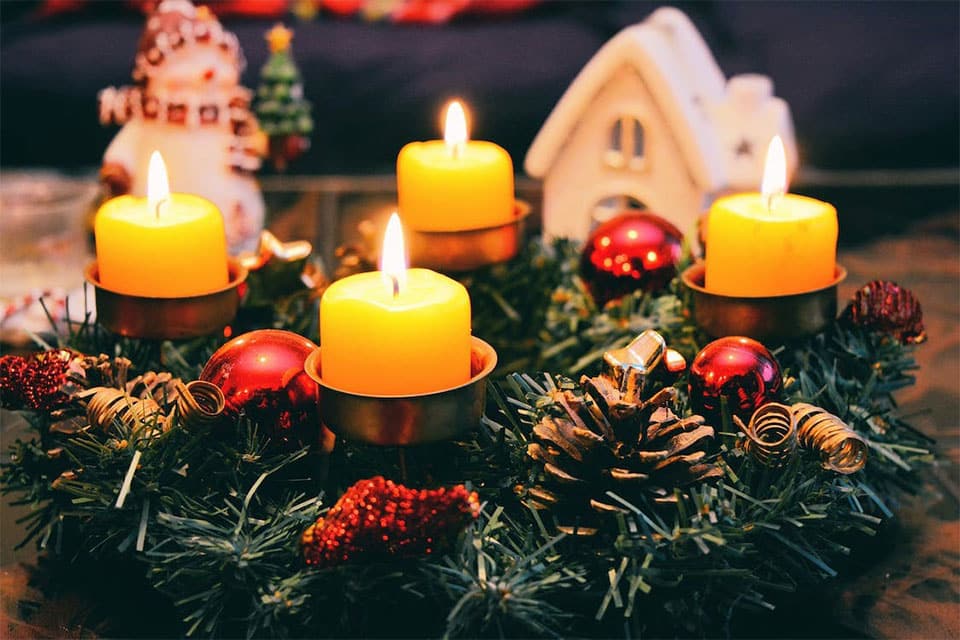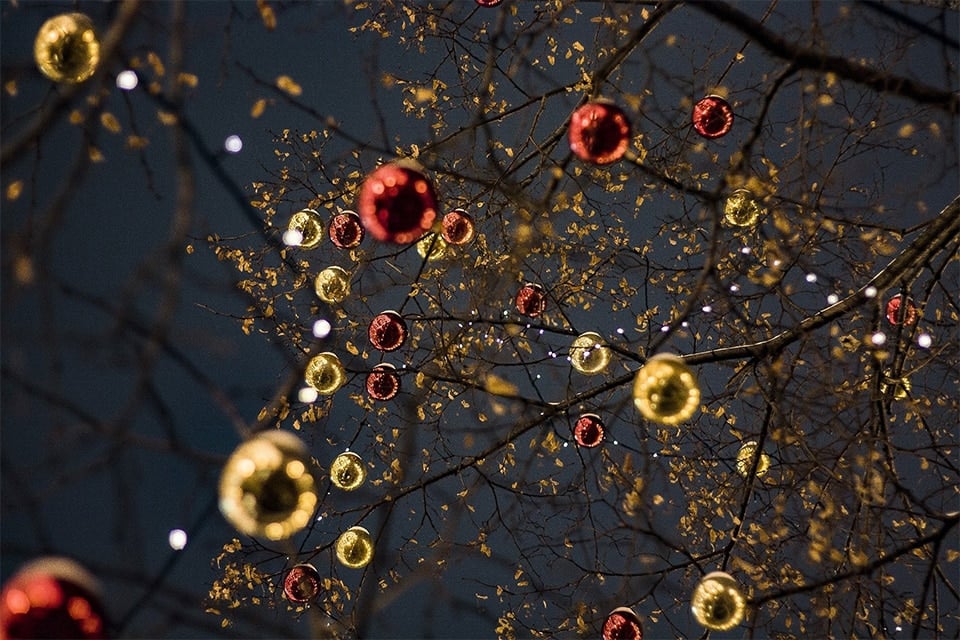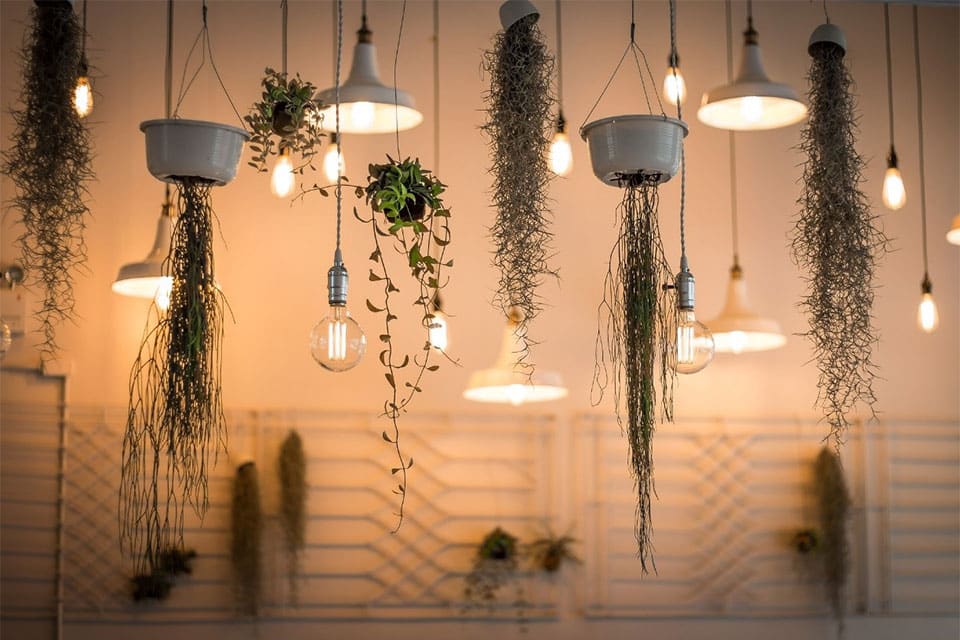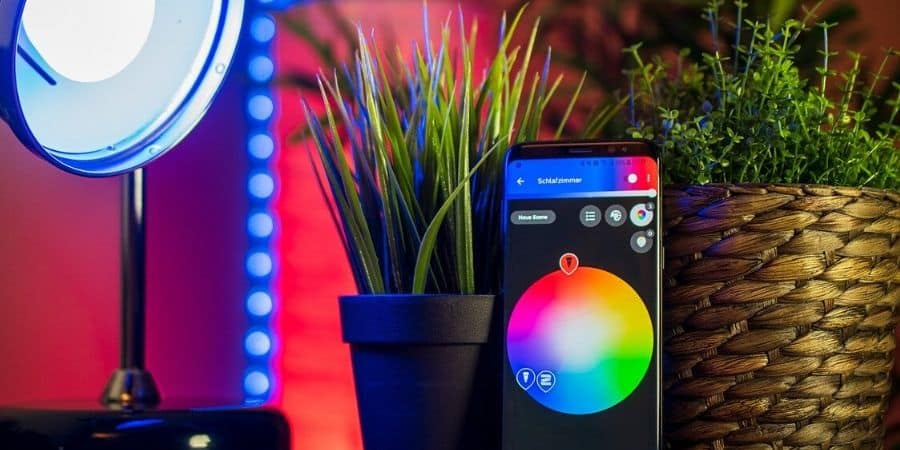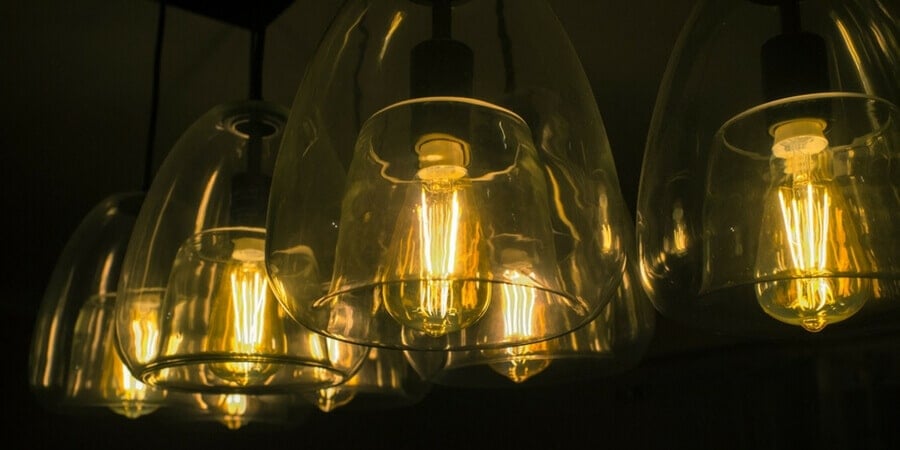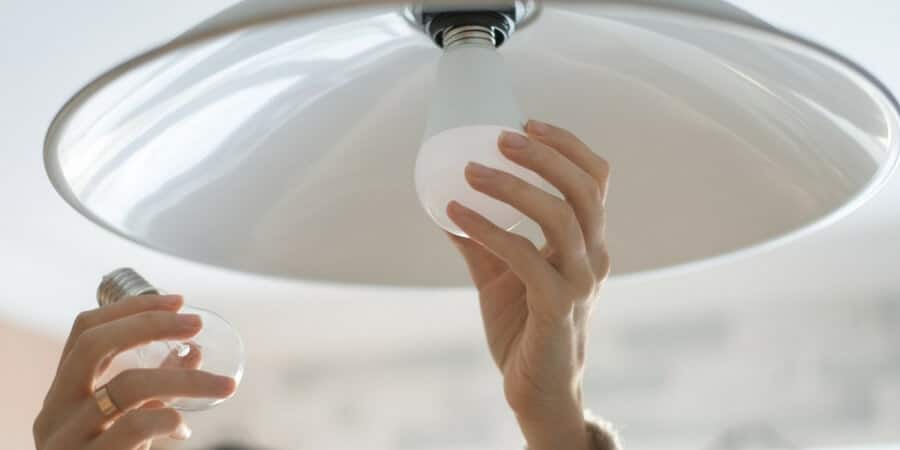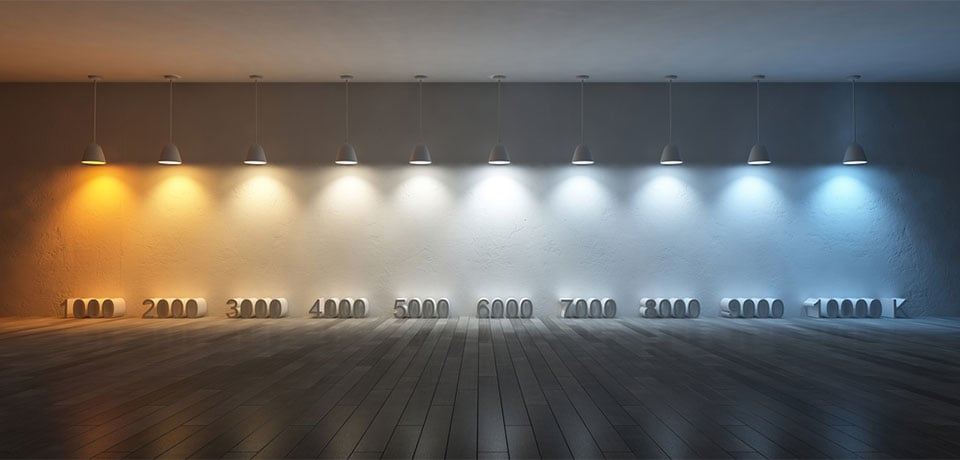LED lighting has been in the news and at the forefront of the lighting industry for some time now. You’ve likely debated the pros and cons of upgrading your current interior lighting design, or made a mental note to look into it later. You may even be sceptical about the benefits of commercial LED lighting and have stockpiled old lightbulbs to avoid making the switch—why should you switch your business over to LEDs when incandescents, fluorescents or halogens have been doing the job just fine?
In this guide, we’ll illuminate the realities and possibilities energy efficient lighting design, and the overwhelming benefits of switching to LED bulbs.
It’s getting harder to find alternatives
With incandescents no longer being manufactured and almost totally phased out of stores, and the recent EU ban on halogen bulbs, there are fewer and fewer types of light bulbs to choose from.
Fluorescents and CFLs are still a viable option for now, and they do boast decent energy savings, but many big name lighting manufacturers are investing their efforts into LEDs and discontinuing work on fluorescents. Embracing and becoming familiar with LEDs sooner rather than later will make it easier to determine the perfect replacement for when your current bulbs burn out and your supply diminishes.
Better lighting quality and control
You may find it hard to part with the warm, recognizable glow of an incandescent or halogen bulb, but LEDs have made huge leaps in terms of quality over the years, and they now boast greater benefits, control, and customization than your old bulbs:
- Smart lighting means you can schedule your lighting to achieve maximum energy savings and create optimal lighting conditions for any work task or environment. This level of customization can be especially ideal for warehouses or office spaces.
- There is a wide range of correlated colour temperatures to choose from, including colour-changing options, to create the ideal mood for retail spaces, restaurants, and other business environments.
- As long as they specify on the package that they are, LEDs are dimmable and are available with very high lux (a measurement of brightness), allowing you to gain a wider range of brightness from a single bulb.
- LEDs are highly directional, so none of the light gets wasted going into areas it isn’t needed. When combined with adjustable fixtures such as track lighting, it’s easy to adjust your retail store lighting to highlight and showcase specific products, promotions, displays, and important signage.
- Unless you are trying to dim non-dimmable LEDs, they are silent, meaning there is no distracting buzzing noise to disrupt concentration
- They turn on instantly, with no warm-up time needed to reach their full brightness, saving you time in the mornings and providing immediate illumination to the first one in.
- No heat generation – Incandescent light bulbs provide excellent light for artworks, but the heat they produce can crack, warp, bubble, burn and otherwise damage them. Since LEDs don’t emit heat, they can safely light paintings and other works of art without the risk of heat damage. This makes them ideal for lighting antiques, flowers, and heat-intolerant foods such as chocolate. LED office lighting will also help keep workplaces cooler, decreasing the amount of energy needed to cool a work space in summer months.
A safer, happier, and more industrious workplace
Not only does lighting have a huge impact on mood, it also affects physical well-being and productivity levels. Poor lighting can cause eye strain, fatigue, headaches, and trouble concentrating, greatly diminishing comfort and the ability to work efficiently and effectively.
Because LEDs are so easy to customize and adjust, they can help mitigate these issues by providing adjustable warmer or cooler colour light and brighter or dimmer lighting conditions, depending on the needs of the task you are performing. They are also highly directional, which helps limit screen glare, making it more comfortable for office workers.
In addition to improving work conditions for your employees, commercial LED lighting can also influence customers, making good, controlled lighting hugely beneficial for those in retail, food and service industries as well.
Type of Business | Type of Lighting | How to Utilize LEDs |
|---|---|---|
| Retail or Restaurant | Restaurant or retail store lighting should be bright enough that customers and staff can safely traverse the space. After that, your lighting is highly dependent on your goals, product or services, and brand identity. | With LEDs as part of your energy efficient lighting design, you can easily vary colour temperatures and brightness levels throughout your store or restaurant to create different moods or to match the products displayed there.
You can also use the highly directional nature of LEDs to put a spotlight on promotions, displays, signage, or impressive architectural details within your space to help emphasize visual brand cues. |
| Office | LED office lighting should be even, not-too-bright overhead lighting that helps reduce eye strain. Customizable and adjustable lighting at desks and other task-focused areas can boost energy levels and improve productivity. | In creative spaces, dimmer switches and a warm colour temperatures are essential— dim, warm lighting such as firelight helps boost creativity. In areas where colour matching is important, look for LED light bulbs with high CRI scores to ensure the lighting displays colours accurately. Anywhere tasks will be performed, you’ll want bright, cool white light to help keep employees alert and make it easy to see what they’re doing. Select adjustable lamps and LEDs with smaller beam angles for a more concentrated light. |
| Warehouse | Bright, cool lighting to keep workers alert, in an even layer to limit glare and avoid creating sharp contrast between light and shadow. You’ll also want to install adjustable, task-oriented lighting at any work stations. | Overhead, LED panels are a low-cost way to fully illuminate a space. If you have lots of shelving or racks, consider installing LED strips to the underside of each shelf so workers can more easily see what’s on each shelf without having to use a flashlight. Occupancy and motion sensors, or scheduled lamps, are a great addition to warehouses and storerooms, especially if it’s a space people are only in during set hours or are constantly in and out of. |
Durability & longevity
LED light bulbs are built to last. Made from durable components and designed to turn their energy into light rather than heat, they can withstand a wider range of temperatures and environmental conditions than their predecessors, and they last far longer. This means they have a longer replacement cycle, so you can install them and not have to think about them again for years, which leads us to…
Significant savings
While there was some initial hesitance to embrace LEDs over the upfront cost when they first hit the market, the price of LED bulbs has dropped significantly as they’ve become more common, providing you with even greater savings on several fronts:
- Energy savings – Because of how they generate light—emitting electromagnetic energy rather than incandescent heat—LED light bulbs are so energy efficient that they drastically reduce the amount of energy required to produce the same level of brightness as an incandescent or CFL bulb, saving you money on your electrical bill without compromising how well your workspace is lit. Learn more about how energy efficient lighting design can help you reduce your business’s energy consumption.
- Exemptions, rebates, reliefs, and schemes – Depending on your location, some utility companies offer rebates for the use of energy saving light bulbs. Depending on the nature of your business, you may be eligible to get money back for your investment in environmentally friendly technology. To learn more about incentives for upgrading your business to LED lighting, visit gov.uk.
- Replacements and labour – Thanks to their long lifespan, LED light bulbs don’t need to be replaced as often as incandescents or CFLs, saving you the cost of replacing bulbs more frequently, and the time and manpower required to change them.
- Disposal – Because they contain mercury, CFLs and fluorescents have to be disposed of safely, and often this means a disposal fee. LEDs, on the other hand, can be disposed of or recycled with household rubbish. To learn more about how to properly dispose of lightbulbs, visit our guide.
|
|||
|---|---|---|---|
| Type | Incandescent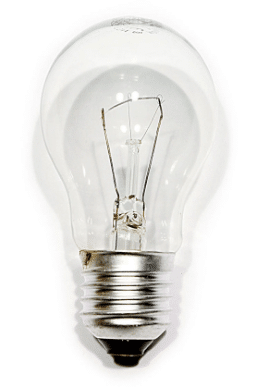 | CFL | LED |
| Watts | 60W | 14W | 10W |
| Average Rated Lifespan | 1,000-2,000 hours | 8,000 hours | 25,000+ hours |
| Initial Cost | £2-6 | £2-13 | £2-12 |
| Dimmable? | |||
| # of Replacements in 25,000 Hours | 15-20 | 3 | 0-1 |
| Colour Temperature Range | Warm white | Warm white to daylight | Warm white to daylight |
| Cost Per Year to Operate | £23.88 | £5.07 | £3.60 |
| Heat Generation | Releases 90% of energy as heat radiation | None | Beam emits no heat |
| Heat Sensitivity | No | Yes | Some |
| Cold Sensitivity | No | Yes | No |
| Moisture Sensitivity | Some | Yes | No |
| CO2 Emissions per Year | 172.68 kg | 44.02 kg | 28.80 kg |
| Warm-up Time | Instantaneous | Slight delay | Instantaneous |
| Impact of Switching On/Off | Some effect | Shortens lifespan | No effect |
| Physical Durability | - Fragile filament - Glass bulb | _ No filament - Typically made of glass | + No filament + Often made of durable plastic |
| Disposal |
|
|
|
| Additional Features | + Coloured bulbs (gels) | + Coloured bulbs (coating) | + Coloured and colour changing bulbs (light) + Smart home-compatible + Capable of supporting greenhouse production |
Conclusion
While you may feel hesitant to make the switch to LEDs, there’s no better time to start embracing this technology for your business. Aside from the fact that there are fewer alternatives to choose from, commercial LED lighting has lot to offer retail businesses, as well as offices and warehouses, such as:
- Greater light quality and variety
- More control and flexibility over your interior lighting design
- A better atmosphere for a happier and more productive work environment
- A long lifespan, saving you man-hours
- They’re extremely energy efficient and boast unrivalled savings
Read More
Keep reading to learn everything you need to know about installing or upgrading to energy efficient lighting.


